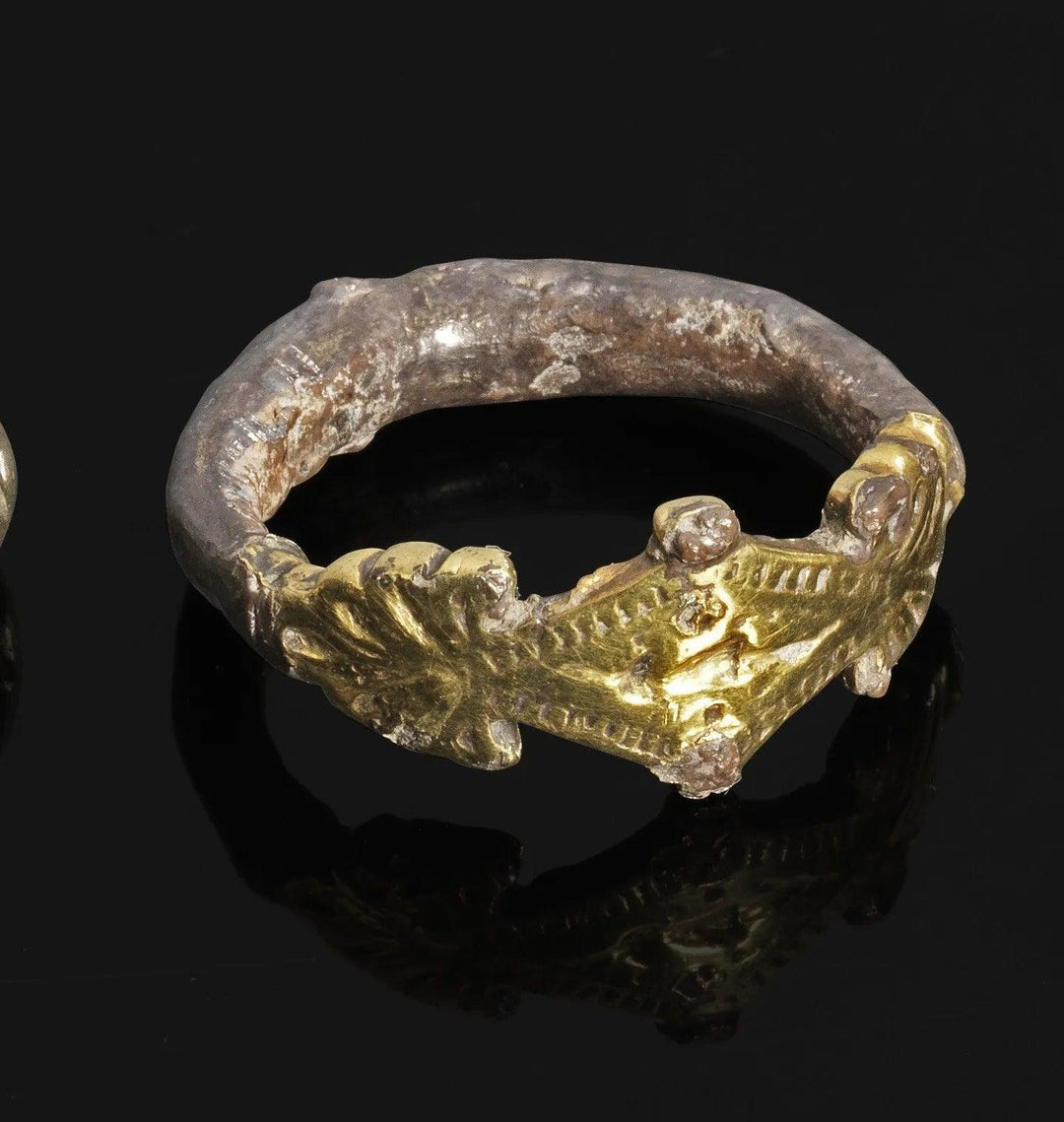
Mysia Cyzicus: A Golden Era of Ancient Greek Coinage
Mysia Cyzicus, nestled in the rich tapestry of ancient Greek civilization, holds a revered place in history. Between 550 BCE and 450 BCE, this coastal city, present-day Balıkesir Province in Turkey, was a hub of cultural and economic significance. Its legacy, etched in the annals of time, is particularly embodied in the precious coins that have survived the ages.
The Strategic Importance of Mysia Cyzicus
Strategically positioned on the shores of the Sea of Marmara, Cyzicus was more than just a mere city; it was a beacon of prosperity and ingenuity. With its two bustling ports on the Arctonessus isthmus, Cyzicus thrived as a commercial and naval power. The city's participation in the Delian League and its autonomy, even under Persian oversight, underscored its influence and importance during this period.
Numismatic Wonders: The Coins of Cyzicus
Mysia Cyzicus is renowned for its electrum coinage, which stands out as some of the earliest and most artfully crafted in history. These coins were a blend of gold and silver, struck from the natural alloy found in the region's rivers. The most famous of these are the EL staters, featuring intricate designs such as the double-bodied Sphinx and the Harpy, holding a tunny by its tail - a testament to the city's maritime heritage and the local fauna.
The Enigma of the Gold Coin and Figurines
The gold coin from Cyzicus, adorned with the image of a lion's head, encapsulates the city's grandeur. Without any inscriptions, these coins were recognized by their iconic imagery, particularly the tunny fish, signaling their origin. Intriguingly, despite its relative geopolitical insignificance, Cyzicus produced a currency that was widely accepted across the Greek world, akin to a trusted global currency like today's dollar or euro.
The diversity in the coinage imagery was intentional, aiming to appeal to a broad audience, signifying Cyzicus's role in wider economic circles. Notably, local currencies differed, indicating a dichotomy between domestic and international trade considerations.
Conclusion
The period of 550 BCE to 450 BCE in Mysia Cyzicus was an era of remarkable numismatic development, which saw the city gain a reputation for its trusted and beautifully minted coins. These artifacts remain a focal point for collectors and historians, symbolizing the city's rich cultural and economic significance within the ancient Greek Empire.






